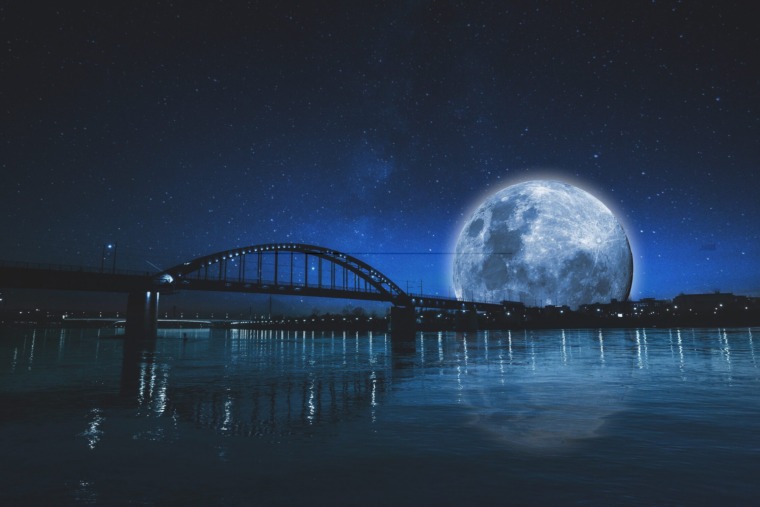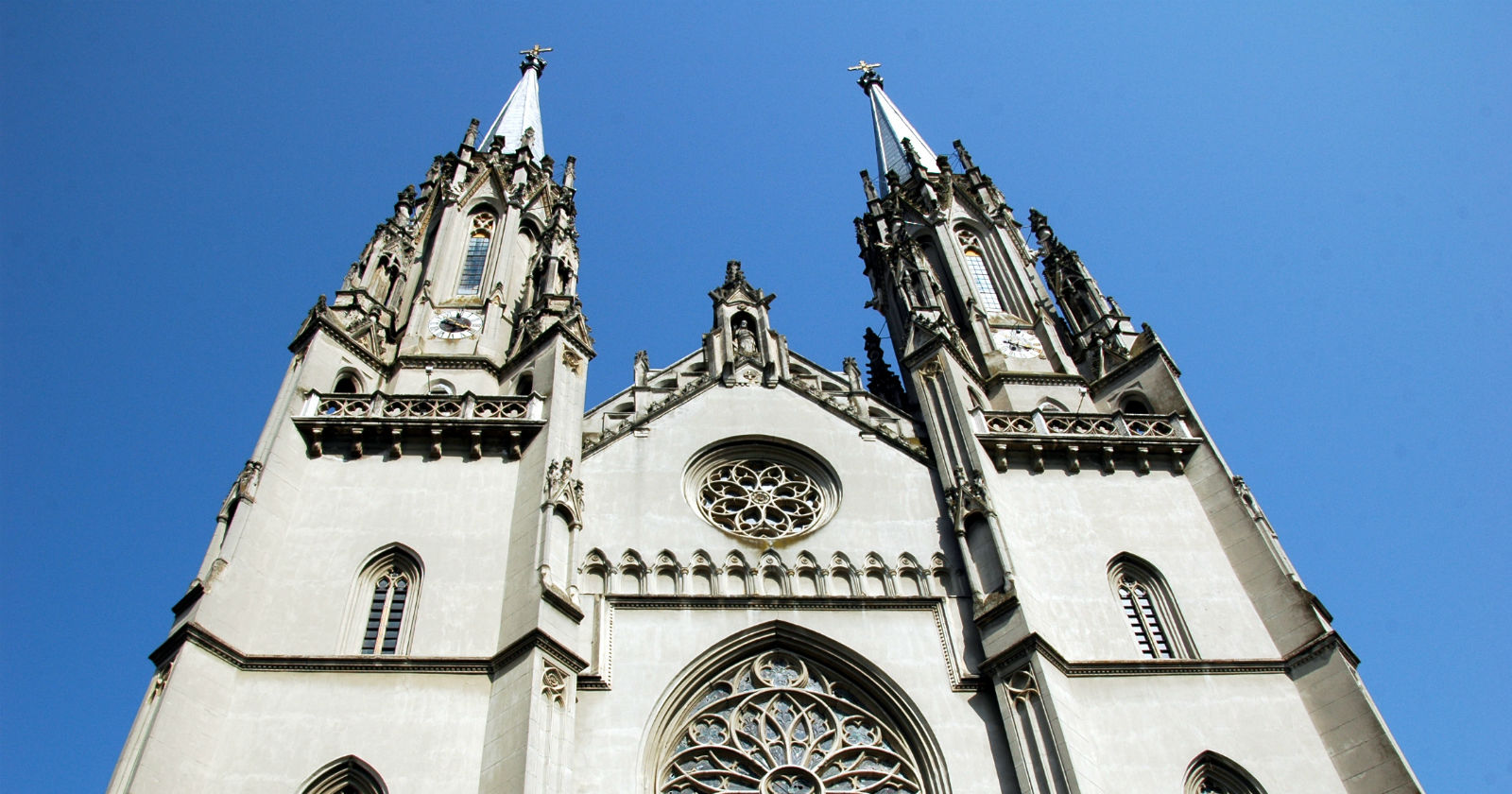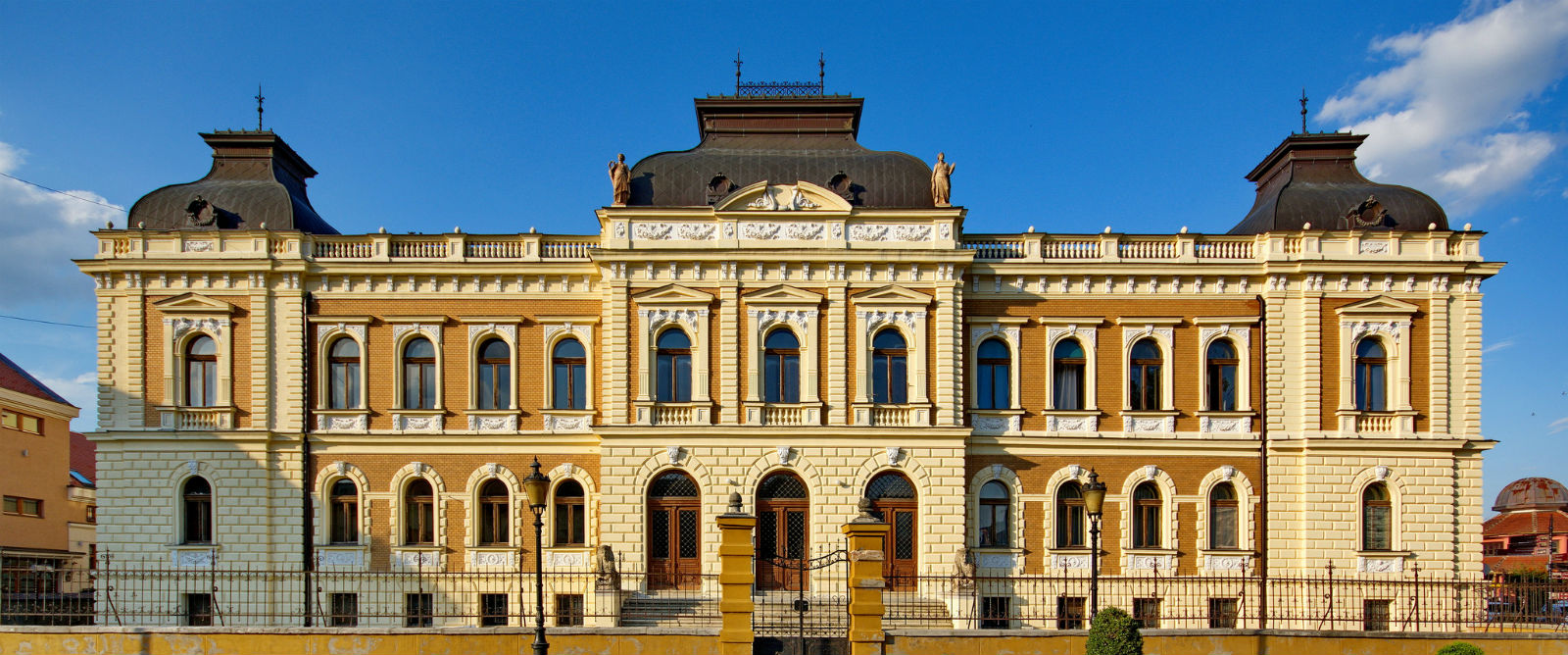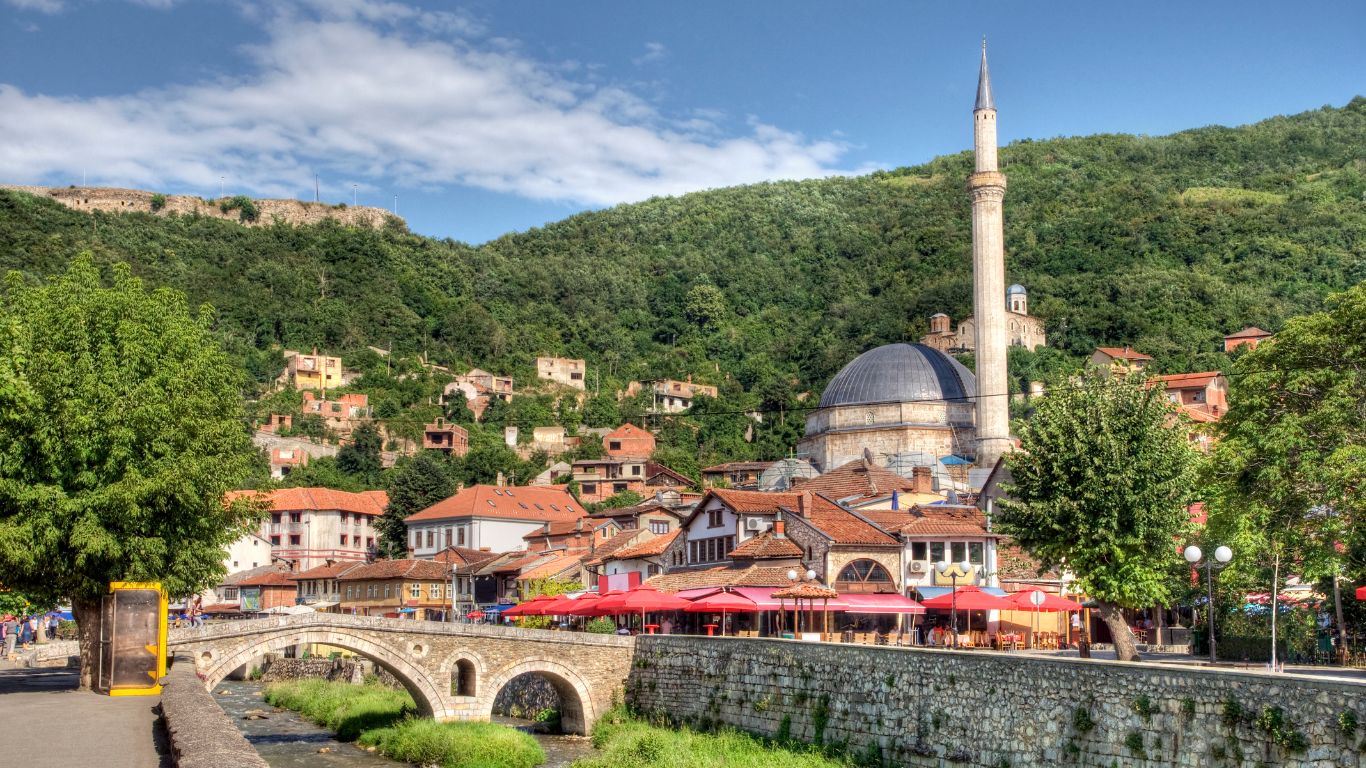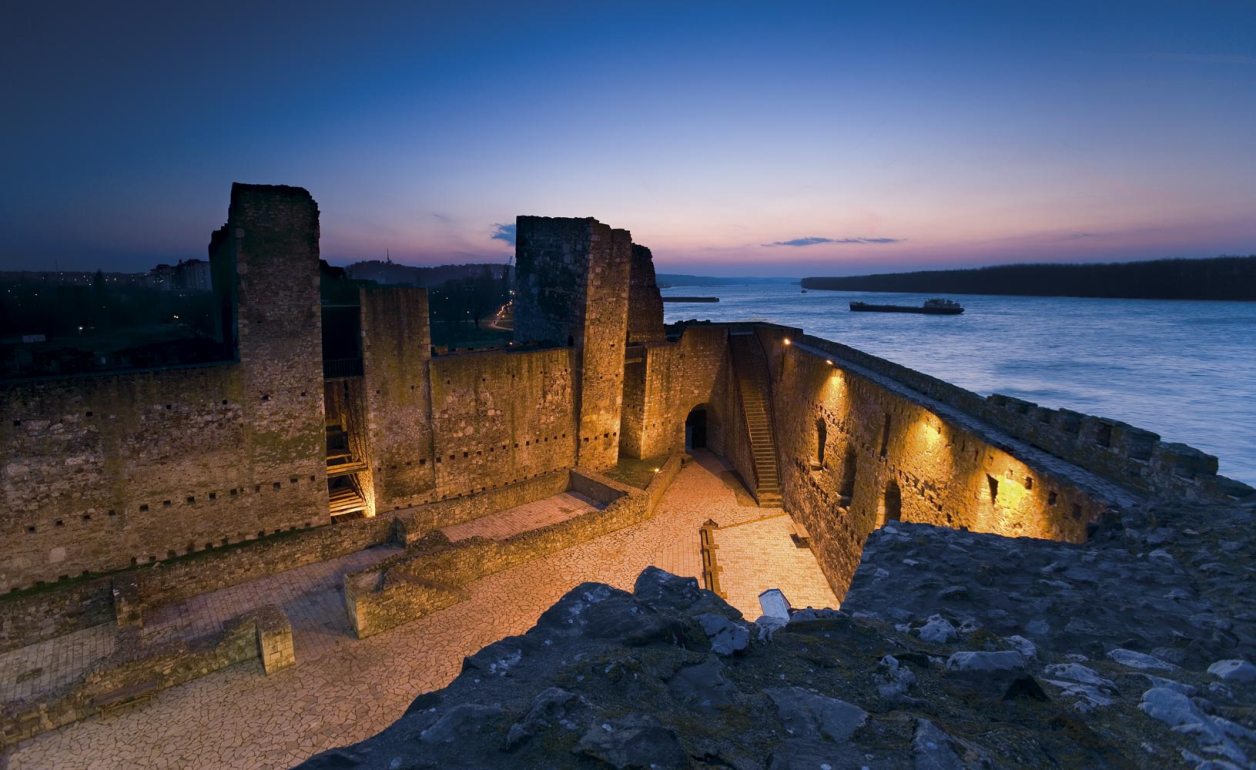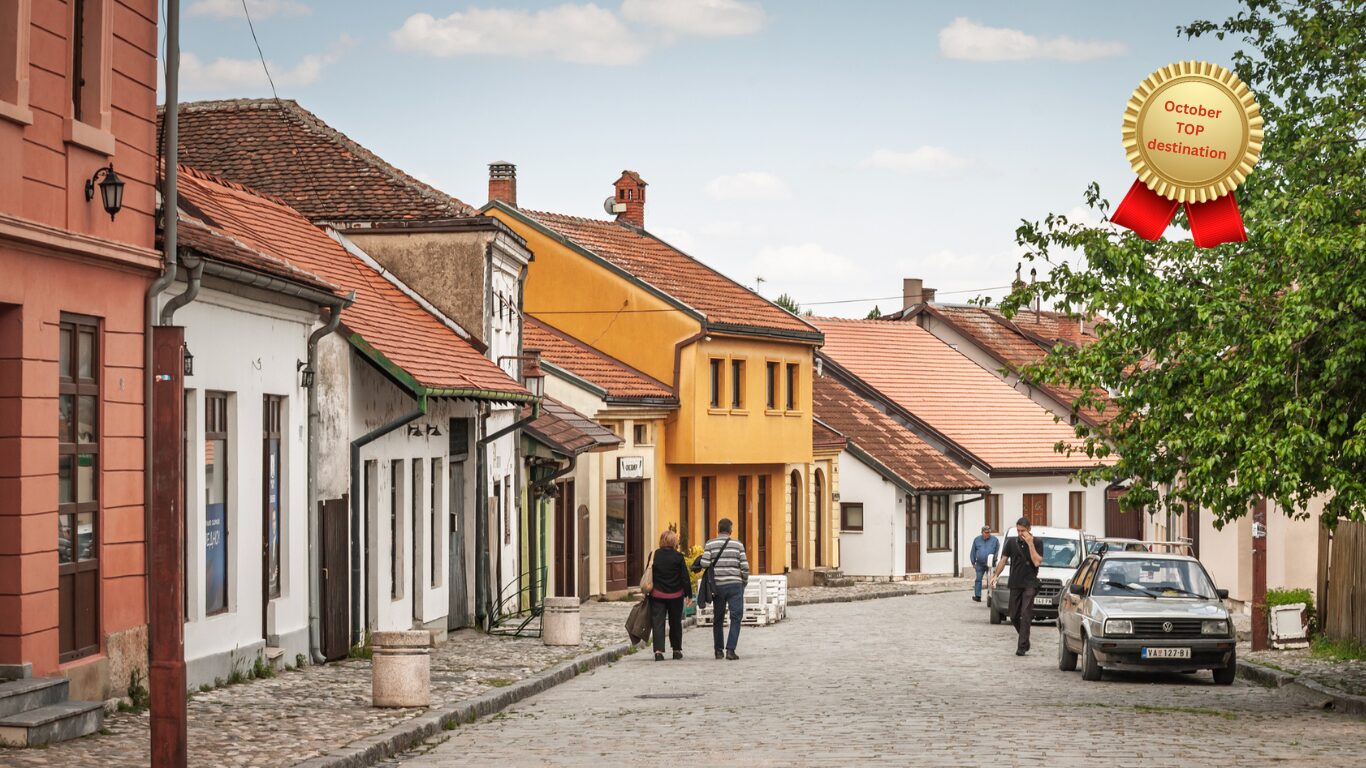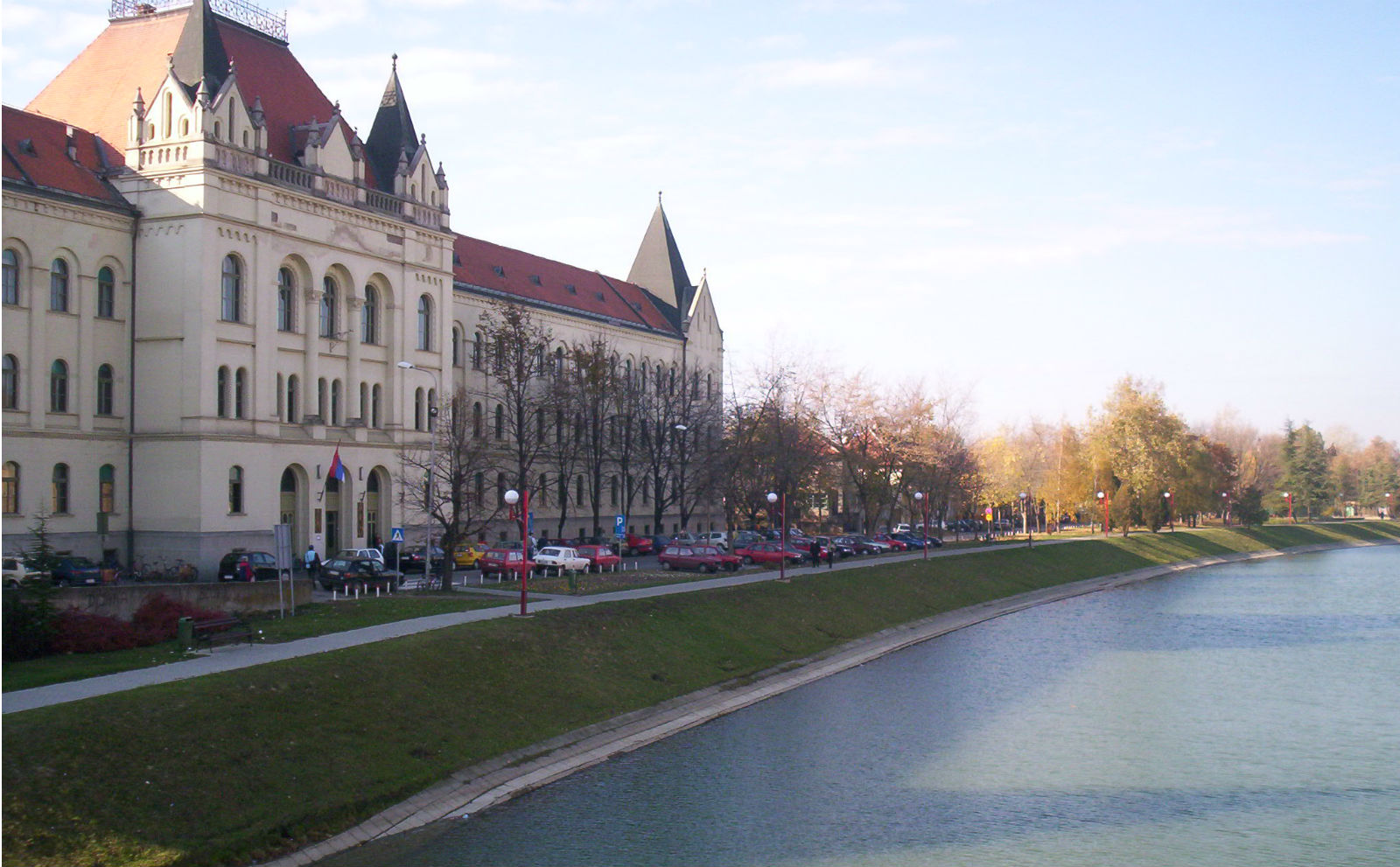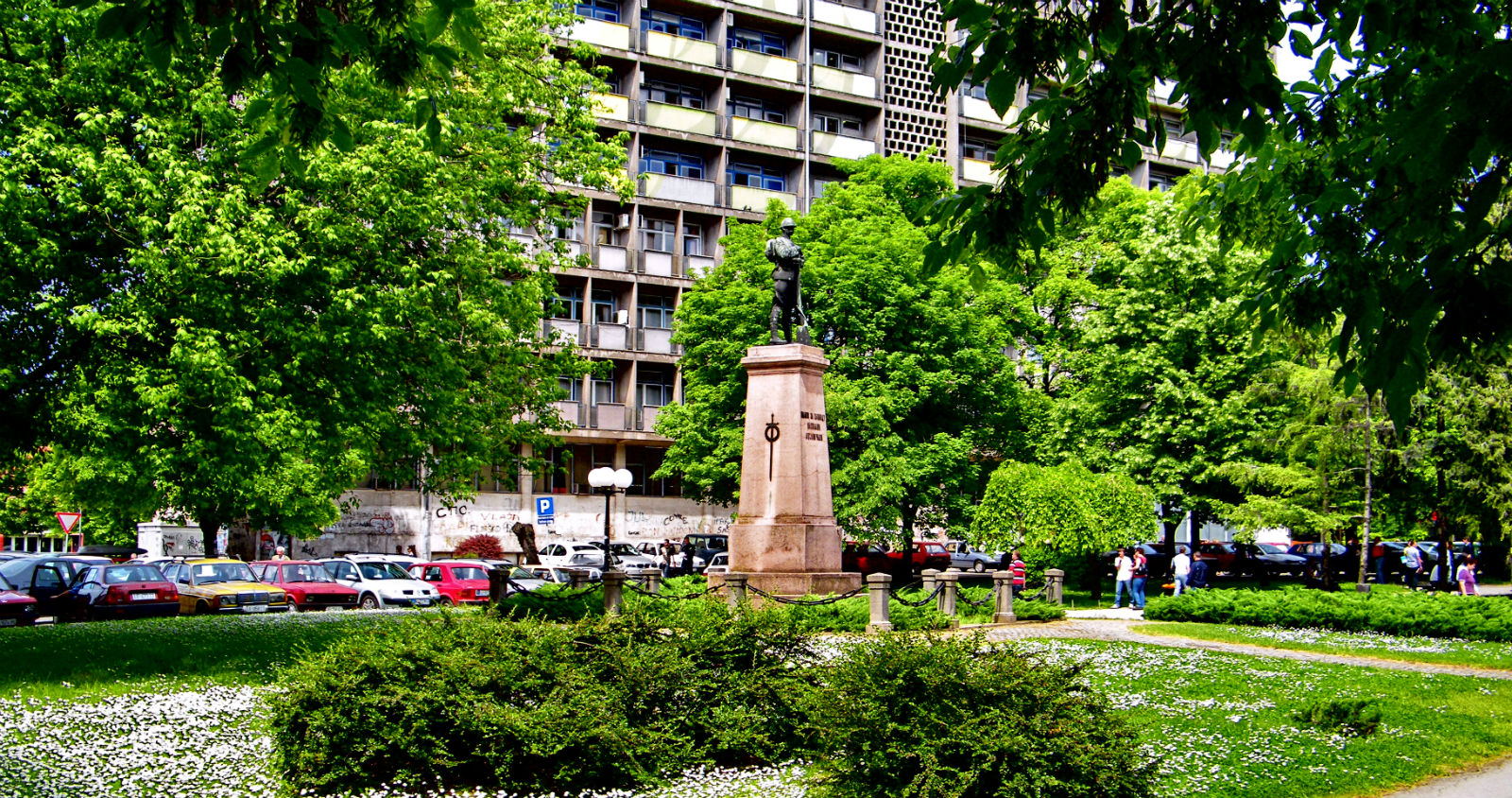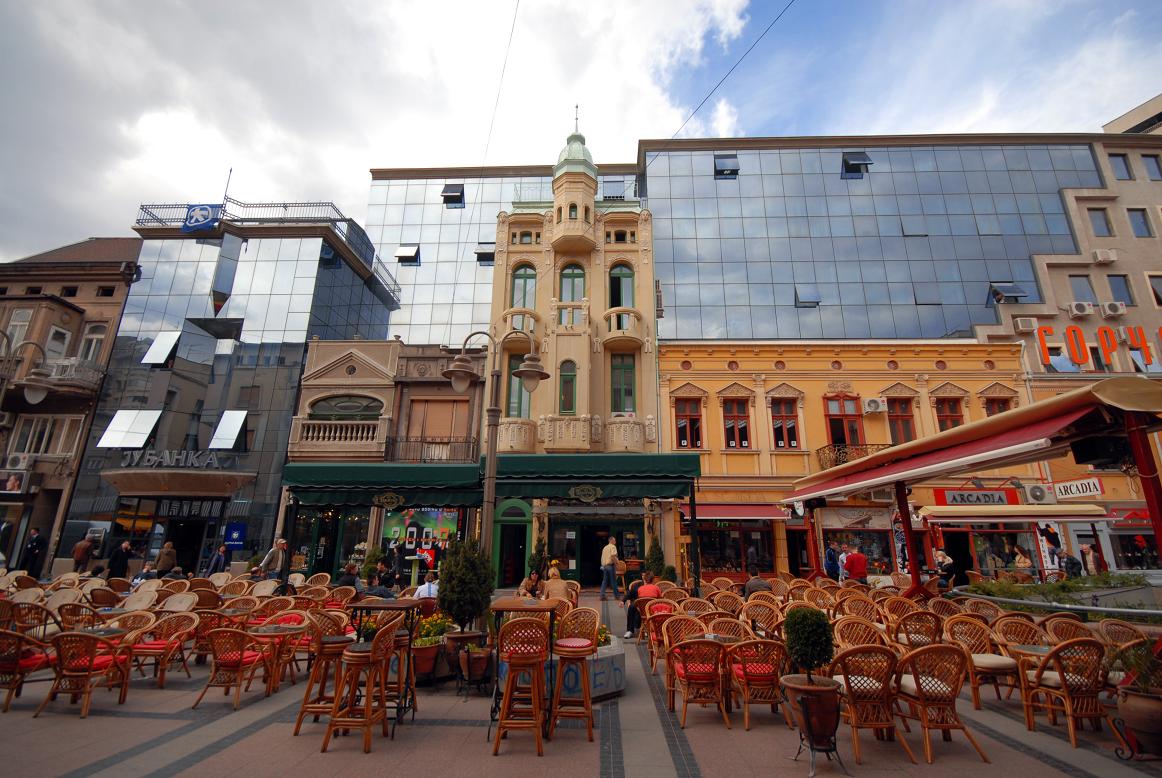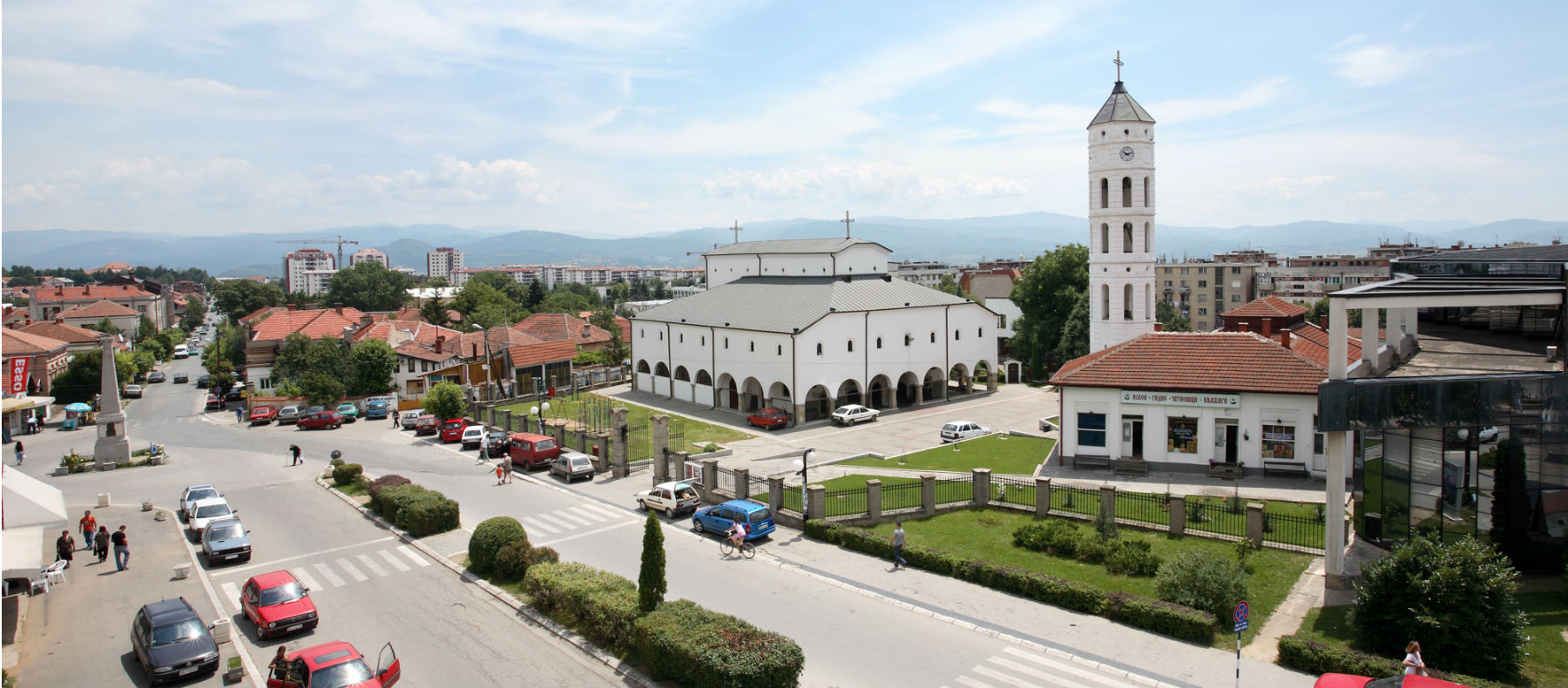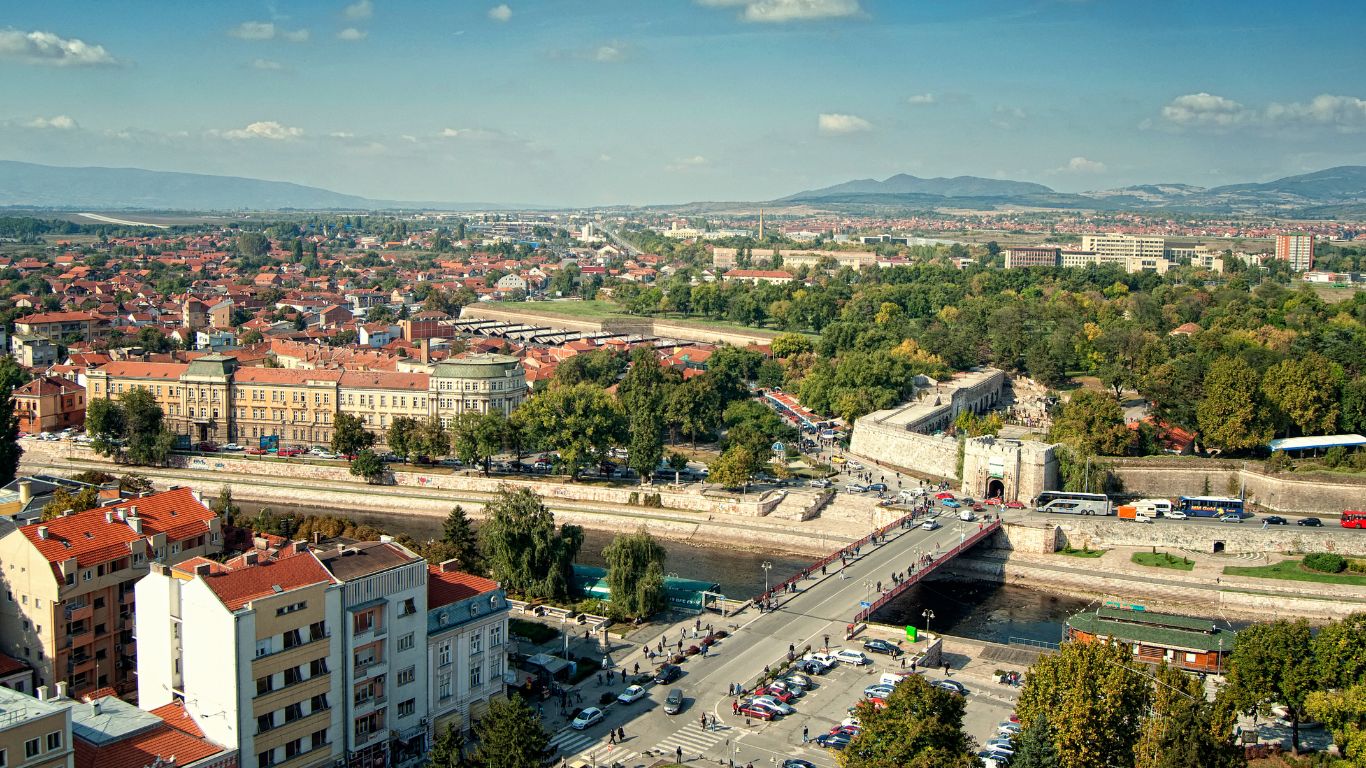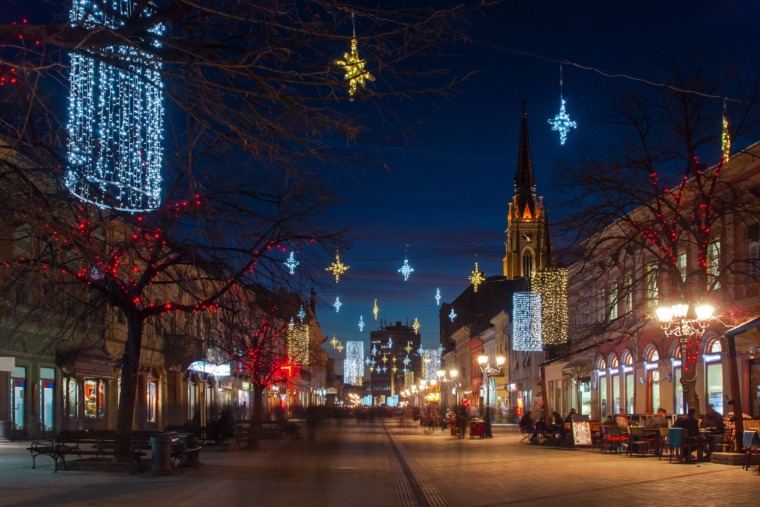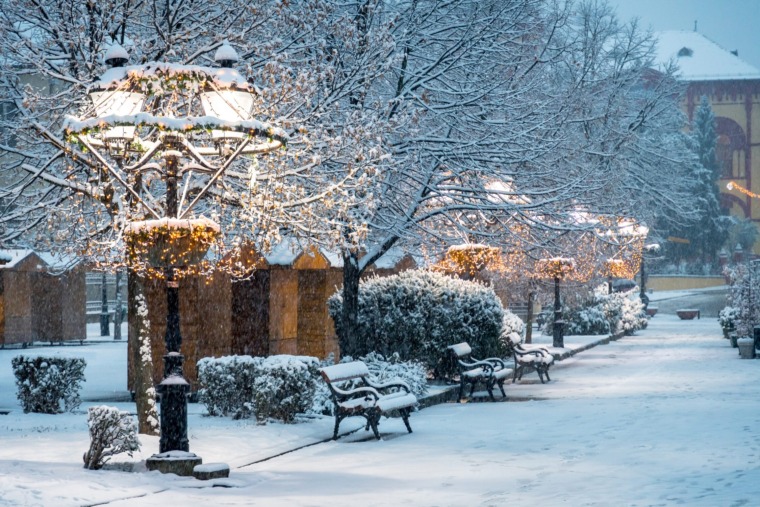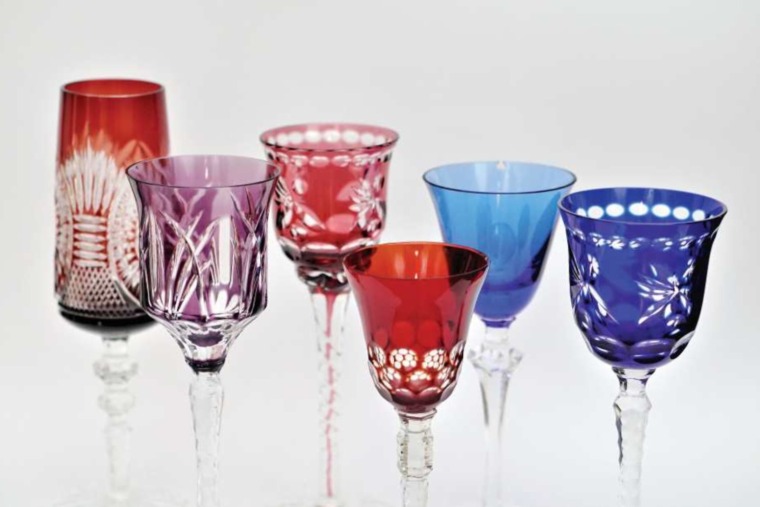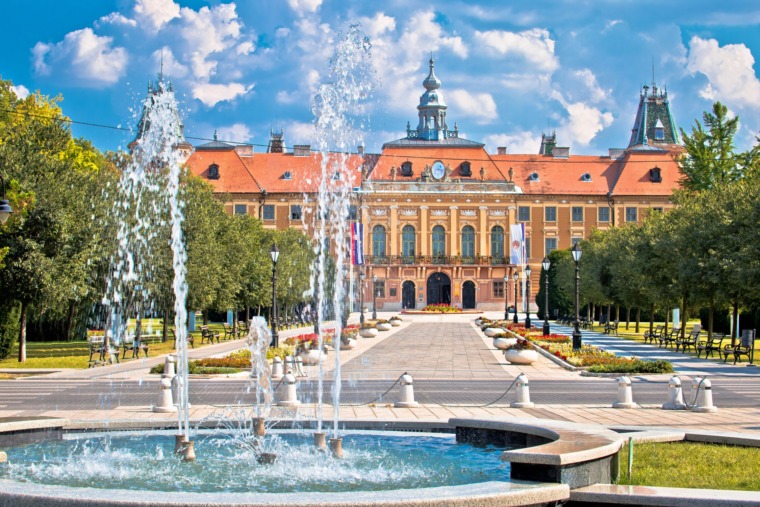Although written 165 years ago, three words of one of Vršac’s most famous locals, Jovan Popović Sterija, still quite accurately determine this town. They say: “Vršac, beautiful town.” This is certainly the first impression of our editorial staff’s visit to Vršac.
The second impression completes the first one – Vršac is also an unusually quiet town.
Despite many events and a normal everyday urban life, time here passes at an unusually slower pace. Everything is somehow just sufficiently in motion to ensure that one can quite clearly observe the architecture of the city, its colours, smells, tastes and people who completely independently carry that indelible mark of Vojvodina – in this case Banat. As Banat, they say, is not a matter of geographical definition. Banat is a mentality.
THE TOWN UNDER A TOWER
Many old buildings of various styles, churches and cultural institutions, preserve one of the oldest traditions of the towns of Serbia. This “Town under a Tower”, with 40,000 inhabitants, is one of Banat’s most beautiful towns. It is located in northeast Serbia or southeast Vojvodina at the edge of the Pannonian Plain, in the foothills and slopes of the mountains of Vršac. Part of the municipality of Vršac occupies an area of the Deliblato Sands nature reserve, also known as the European Sahara.
If we are searching for the characteristics of this town, one is clearly evident: above the town, slowly, climbing like a foam wave, rises the Vršac Hill. It is dominated by the Vršac Tower, erected in the early 15th century. This guard tower is the only relic of the former fortress that can now be identified only by the remains of its foundations. Made of stone and brick, the tower bears the characteristics of the Byzantine masonry method and it is assumed to have been erected by Serbian despot Djuradj. If you continue to walk down to the east you will find several vantage points overlooking the city. The main road to the east leads to the lodge on the Široki Bil (wide ridge), the starting point for walking tours of the Vršac mountains.
WINDOWS WITH A VEW
Vršac’s architecture is rich with a variety of styles that carry the determinants of the city’s history, most notably Baroque and Secession styles. The atmosphere of Vršac’s streets is completed by Kibic Fensters, windows that go out into space and from where maidens used to cast shy glances at passersby.
Save Kovačevića Square, the city’s former centre of trade and handicrafts, has been transformed into a pleasant pedestrian area that is today surrounded by several interesting buildings.
The Bishop’s Court is an exceptional heritage site of Vršac. In its immediate vicinity there stands an Orthodox cathedral church dedicated to Saint Nikola. This temple was built in 1785 and its interior was decorated by many prominent Serbian artists: Pavel Đurković – who painted the iconostasis, Nikola Nešković – who painted the freestanding icons, and Paja Jovanović – with his two large canvases.
Vršac’s tallest and most impressive building is certainly its Roman Catholic Church – the Cathedral whose twin towers can easily be seen from afar. This impressive neo-Gothic edifice, dedicated to St. Gerhard, was constructed from 1860 to 1863 according to the plans of local architect Francis Brandeis. This is one of the most beautiful and biggest Catholic churches in the area.
Archaeological items from rich sites, with exhibits around the town, can be seen at the Vršac National Museum. This includes an ethnographic collection and a large number of works of art from the 19th and 20th centuries. A special segment of the museum is dedicated to the life and work of Paja Jovanović and Jovan Popović Sterija.
On the corner of Vršac’s Kumanovka and Stefana Nemanje streets there is an old pharmacy building known as the Pharmacy on the staircase. The house dates back to the 18th century and since 1784 marked the site of the oldest pharmacy in Vršac “At the Savior’s”. The building retained this purpose until 1971, when it was adjoined to the City Museum. Today this is the house of permanent exhibitions: “From the history of medicinal culture of southern Banat”, “Remembrance of Paja Jovanović”, an archaeological collection “From the History of the Middle Ages” and a separate room with medals from the collections of the Museum.
LANDSCAPE UNDER VINEYARDS
Choosing another landscape of Vršac, we let our view be deceived by the vastness of the Vršac vineyards. Like Provencal vineyards, they too reach up towards the sky and the sun this spring, indicating a good harvest.
The grapevine has been cultivated here from the time of the Dacians and the Romans to the present-day. It was noted that in 1494 the Palace of then Hungarian King Ladislaus II bought a barrel of Vršac wine for 10.5 gold florins.
The first exhibition of Vršac wine was held at the inn At the two keys (Kod dva ključa) in 1857. In the late 19th century there were more than 10,000 hectares of vineyards in Vršac. The St. Theodore wine military order is active in Vršac and was named after the patron of the city. Vršac vintage, popularly known as Grožđebal (Grape Ball), has a long tradition and is held annually on the third weekend in September, while Vinofest (Wine fest), a fair of wine, vintners and wine accessories, is also a tradition.
Today this entire region, where the Vršac mountains and the mild Banat plain touch, is under vineyards and represents one of the major wine-growing regions of Serbia.

The many top quality wines of the region include, most notably, Otonel Muscat, Chardonnay, Pinot Bianco, Rhine and Italian Riesling, while table wines Banat Riesling, Italian Riesling, Smederevka, Župljanka and Kreaca are also very popular.
When excellent local wine is accompanied by some of the local specialties, with everything else that we’ve mentioned on offer and the awareness that we have not mentioned many pleasant parts of the Vršac offer, the city fully satisfies all the “hunger” of potential tourists, inviting them through the streams of this story to new searches, discoveries and enjoyment.
By Dragana MARKOVIĆ
Photo: Dragan Bosnić
Related Articles
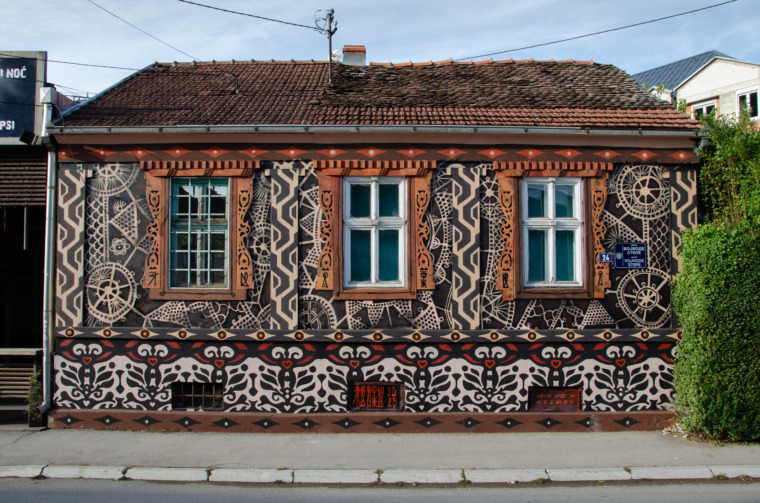
Čačak: Serbia’s Open-Air Gallery of Murals
December 19, 2025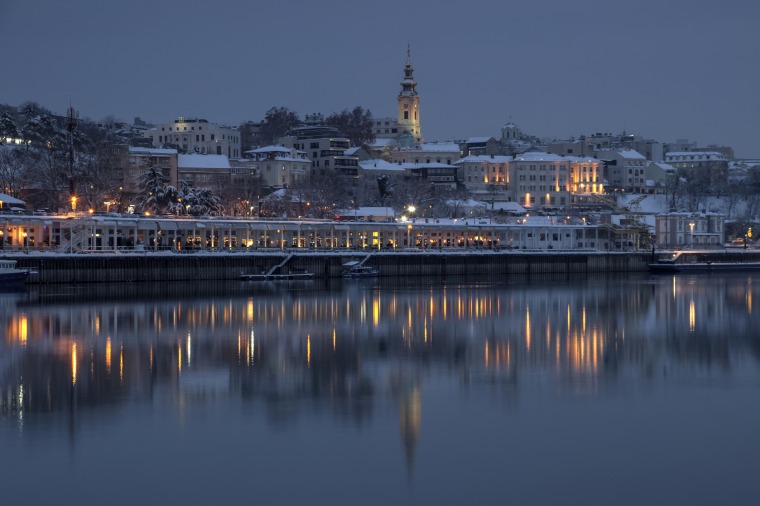
Belgrade in December: A City of Lights, Warmth, and Holiday Magic
December 5, 2025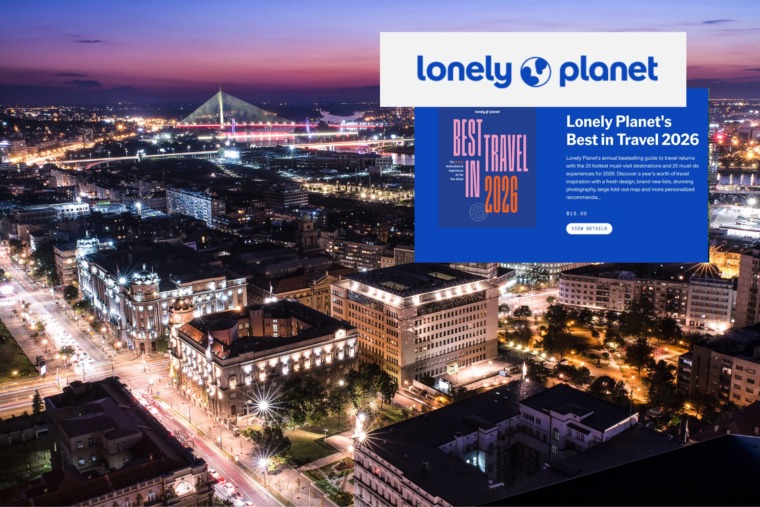
Belgrade Among Lonely Planet’s Top Experiences for 2026
November 14, 2025